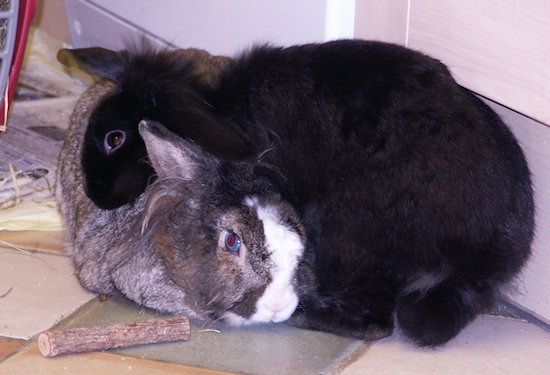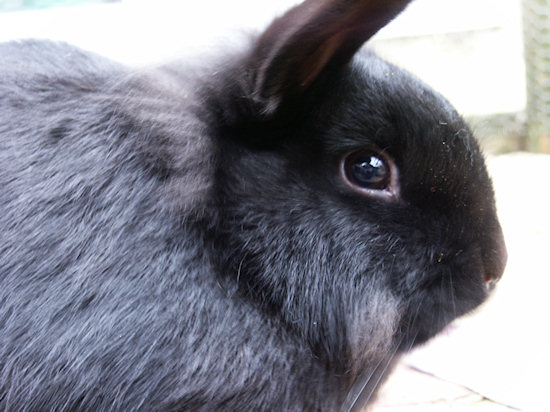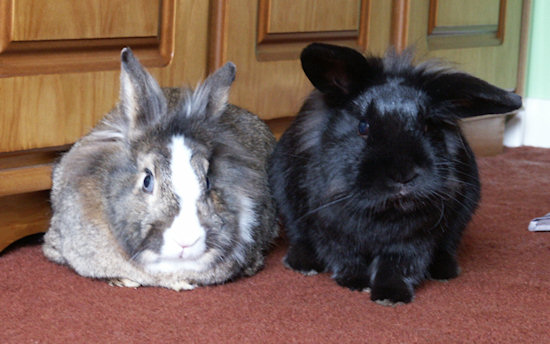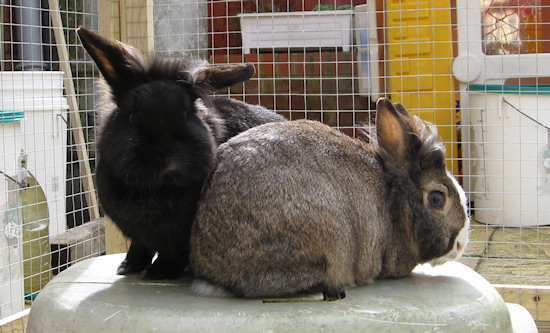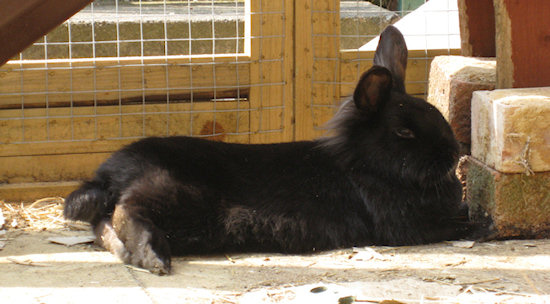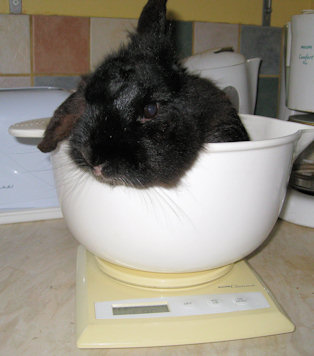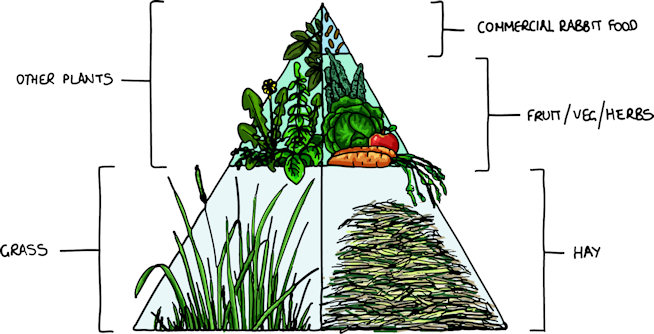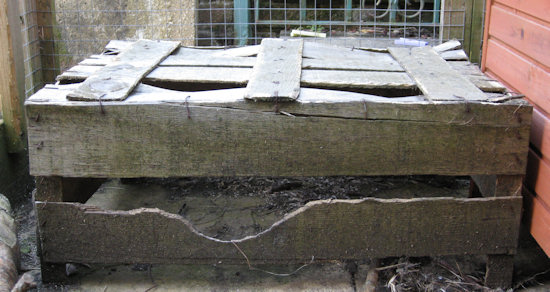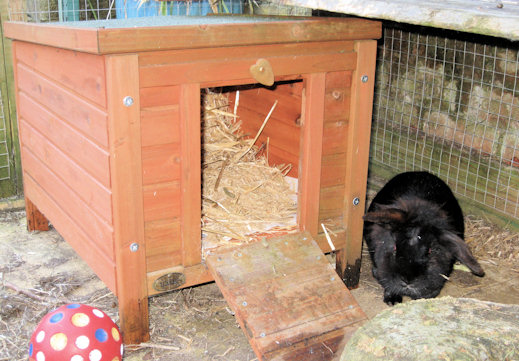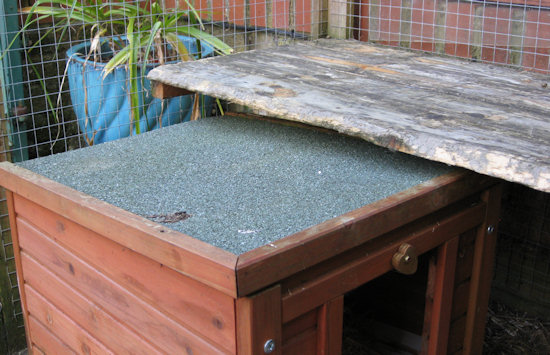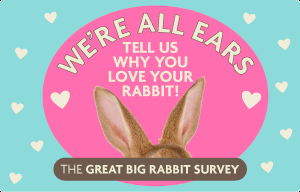 I know I said Monday but the link is live a day early and I can’t wait to share. The RSPCA are launching a big survey of UK rabbit owners to learn more about rabbit ownership and welfare issues.
I know I said Monday but the link is live a day early and I can’t wait to share. The RSPCA are launching a big survey of UK rabbit owners to learn more about rabbit ownership and welfare issues.
Here’s the link: www.greatbigrabbitsurvey.org
Please take the survey and pass it around. It’s no good just surveying us rabbit crazy owners with bunny palaces and gourmet bunny diets, they want the average rabbit owner too, so if you can plug it places that are not necessarily rabbit related that would be great. Perhaps drop an email to your work colleagues, add the link to your signature, or pop a note up in your local vet/pet shops.
So what does the survey ask?
The survey asks all sorts of interesting questions, I can’t wait to see the results. They ask about the rabbits you currently own including their sex, age, breed, where they live and what they like to eat. Some of the questions are obviously targeted at finding out the scale of welfare issues such as how many children are the primary careers for rabbits, what owners think the most important food for rabbits is and how they rate the importance of social companions. They also address the number of rabbits ending up in rescues, asking why you choose a rabbit, where you got it from, how easy you think they are to care for, how long you think a rabbit lives and what you think are the main problem areas that need to be addressed to improve rabbit welfare.
Why are you excited about a Survey?
Having read the survey questions, the responses should provide some valuable insight into what education is needed and the best ways of getting it to the people and rabbits that will really benefit from it.
The RSPCA believes (and I agree) that:
by increasing awareness and understanding of rabbits’ welfare needs, it will see a long-term reduction in the number of rabbits coming through its doors at rescue centres
Around 33,000 rabbits are given up to rescues every year in the UK, about a third of those to the RSPCA. Many, perhaps an overwhelming majority, of rabbits end up in rescue because their owners didn’t realise what rabbit care involved or their rabbit has displayed behaviour that they don’t know how to address or cope with. Finding out exactly where the gaps in peoples understanding of rabbits is will help us target education better so peoples misconceptions about rabbits are addressed and they can make more informed choices about whether a rabbit is a suitable pet, and, if they do go ahead, how to care for one successfully.
It’s not just about stopping rabbits ending up in rescues though. There are around a million rabbits kept as pets in the UK. Many of these do not get all their needs met and this survey will hopefully help identify what the problem areas are so that we can start addressing them. We don’t just want to keep rabbits out of rescues we want them to be happy and healthy too.
So, go take the survey: www.greatbigrabbitsurvey.org as well as helping future rabbit welfare you also get a free bunny screen saver and the chance to win bunny goodies.
Note: In the interests of full disclosure, I should tell you Scamp got a parcel Saturday morning… addressed to him (finally post of his very own to eat). It was a pack of willow sticks and a copy of the press release. I was planning to share this news with you anyway, but Scamp very much appreciated the sticks, which he demonstrated by decimating one under the table. If anyone would like to send him his own hoover next it would be very much appreciated. Wireless preferably as he has a thing for cords.

